What is Cyber Security

Cyber security is defined as technologies and processes constructed to protect computers, computer hardware, software, networks, and data from unauthorized access, vulnerabilities supplied through the Internet by cybercriminals, terrorist groups, and hackers. Cybersecurity is the practice of protecting critical systems and sensitive information from digital attacks. Cyber security measures are designed to combat threats against networked systems and applications, whether those threats originate from inside or outside of an organization.
Cyber security is related to protecting your internet network-based based digital equipment and information from unauthorized access and alteration. Internet is now not only the source of information but also has established as a medium through which we do business, to advertise and sell our products in various forms, communicate with our customers and retailers, and do our financial transactions. The internet offers lots of benefits and provides us the opportunity to advertise our business across the globe in minimum charges and in less human effort in a very short span of time. As the internet was never constructed to track and trace the behaviour of users. The Internet was actually constructed to link autonomous computers for resource sharing and to provide a common platform to a community of researchers.
As internet offers on the one hand huge number of benefits and on the other hand it also provides equal opportunities for cyber-terrorists and hackers. Terrorist organizations and their supporters are using the internet for a wide range of purposes such as gathering information and disseminating it for terrorist purposes, recruiting fresh terrorists, funding attacks, and motivating acts of terrorism. It is often used to facilitate communication within terrorist groups.
Not only at the level of terrorism but also in our daily life scenario Cyber-attacks in the form of Identity theft, Data breach, Viruses, Spamming is happening day by day and is an increasingly sophisticated evolving danger to your sensitive data, as attackers employ new methods powered by social engineering and artificial intelligence (AI) to circumvent traditional data security controls. Moreover, some Cyber-attacks also occurs at the personal level where the attacker attacks the system or website or any server for personal revenge or money related benefit.
The fact of the matter is the world is increasingly getting reliant on technology and this reliance will continue as we introduce the next generation of new technologies that will have access to our connected devices via Bluetooth, Wi-Fi, and the internet.
To keep customer data protected while embracing new technology, intelligent cloud security and other information security solutions should be implemented alongside strong passwords policies like multi-factor authentication to mitigate unauthorized access.
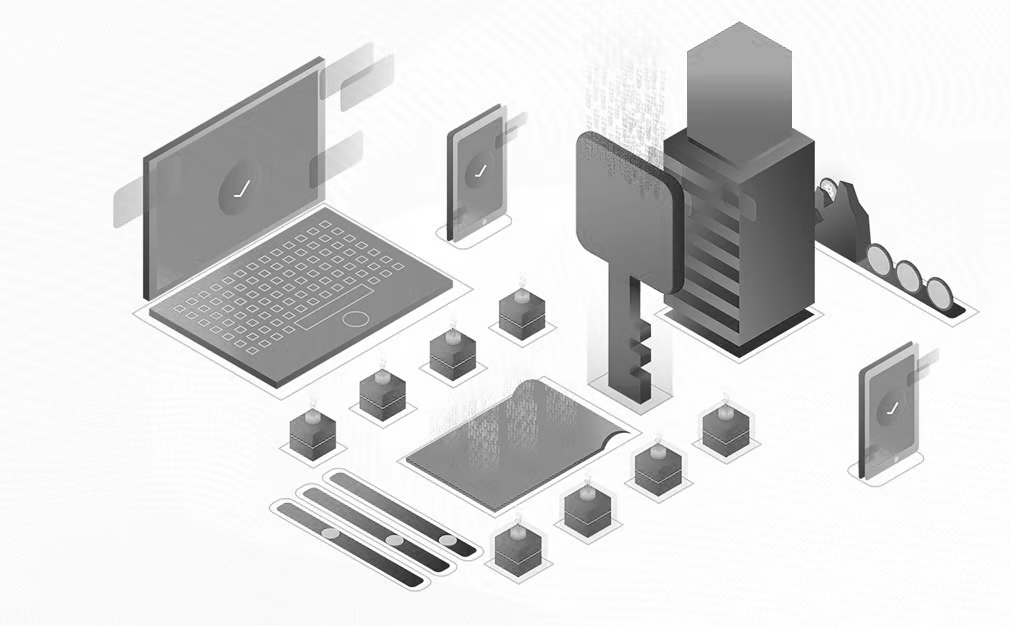
Categories of Cyber Security
Network security is the practice of securing a computer network. Network security is the protection of the underlying networking infrastructure from intruders, whether targeted attackers or opportunistic malware, unauthorized access, misuse, or theft. It involves creating a secure infrastructure for devices, applications, users, and applications to work in a secure manner.
Application security focuses on keeping software and devices free of threats. A compromised application could provide access to the data it’s designed to protect. Successful security begins in the design stage, well before a program or device is deployed.
Information security often referred to as InfoSec, refers to the processes and tools designed and deployed to protect sensitive business information from modification, disruption, destruction, and inspection.
Operational security includes the processes and decisions for handling and protecting data assets. The permissions users have when accessing a network and the procedures that determine how and where data may be stored or shared all fall under this umbrella.

Importance of Cyber Security
Cybersecurity is now considered an important part of daily life for individuals and families, as well as organizations, governments, and educational institutions. It is essential for families and parents to protect their children and family members from online fraud like social engineering and malicious sites. In terms of financial security, it is crucial to secure our financial information that can affect our personal financial status. In terms of System security, it is essential to secure our system with a firewall or antivirus software so that no virus could get installed on our system and do malicious work. Internet is very important and beneficial for faculty, student, staff, and educational institutions, as it has provided lots of learning opportunities with a number of online risks.
There is vital need for internet users to understand how to protect themselves from online fraud and identity theft. Appropriate learning about behavior and system protection results reduction in vulnerabilities and a safer online environment. Small and medium-sized organizations also experience various security-related challenges because of limited resources and inappropriate cyber security skills. The rapid expansion of technologies is also creating and making cyber security more challenging as we do not present permanent solutions for the concerned problem. Although, we are actively fighting and presenting various frameworks or technologies to protect our network and information all of these provide protection for the short term only. However, better security understanding and appropriate strategies can help us to protect intellectual property and trade secrets and reduce financial and reputation loss.
Central, state, and local governments have held a large amount of data and confidential records online in digital form that becomes the primary target for a cyber-attack. Most of the time governments face difficulties due to inappropriate infrastructure, lack of awareness and sufficient funding. It is important for the government bodies to provide reliable services to society, maintain healthy citizen-to-government communications and protection of confidential information.
With cyber-attacks becoming more frequent, effective, and potent, there’s an increased need for better and improved cyber security measures. Today, cyber security is not only about successfully preventing cyber-attack but also about minimizing the damage in case of a successful data breach.
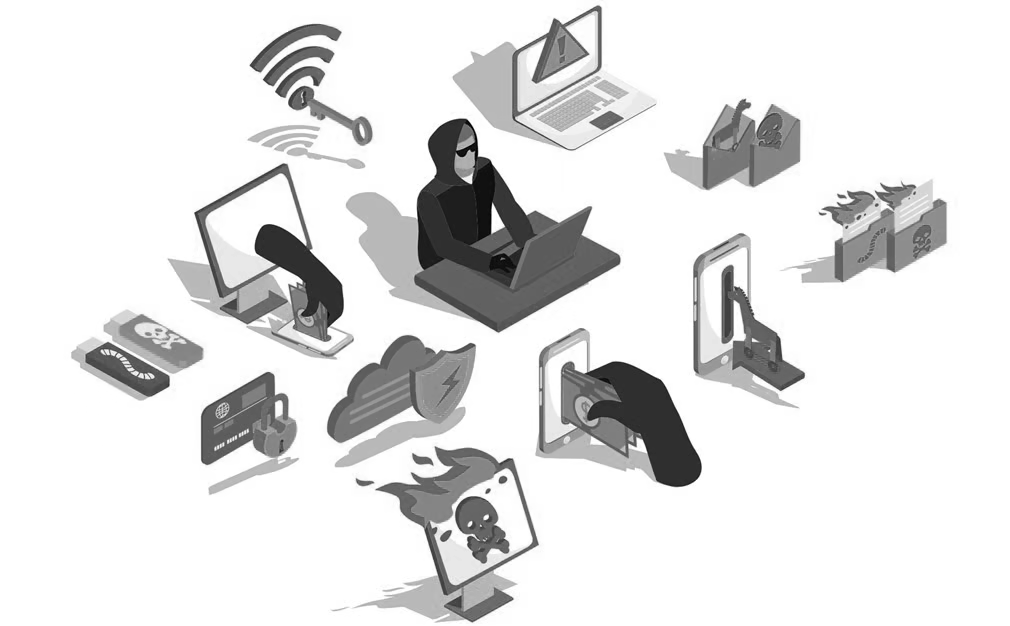
Hackers
The fact about hackers these days is that they don’t solely focus on large and profitable companies. That means that every company, business, or institution no matter their size or income is a potential target for cyber-attacks. Besides, large companies have more funds to allocate t cyber security. That may be challenging for hackers to breach, but it’s not impossible.
Still, small to medium-sized businesses and e-commerce stores are more frequent targets of cyber-attacks. Oftentimes, attackers tend to breach security in order to compromise the system and steal sensitive information they can later sell on the black market. The fact of the matter is that no one is safe from cyber-attacks.
Cyber security experts and professionals are vital in designing proper security measures and preventing, as well as adapting to new growing threats. They make strategic decisions on how to protect data in the online world and help various companies implement adequate cyber security measures. However, technology is advancing at a rapid pace and the online world is experiencing an increasing demand for more connectivity. As technology produces more devices that will meet this demand, it also creates more potential for new cyber threats to emerge.
The online world is a dangerous place for both individuals and organizations alike. Without good cyber security measures, there’s no way to protect privacy or other sensitive information on the Internet. With so many people and businesses being dependable on the online world, it’s essential that the main focus goes on cyber security.
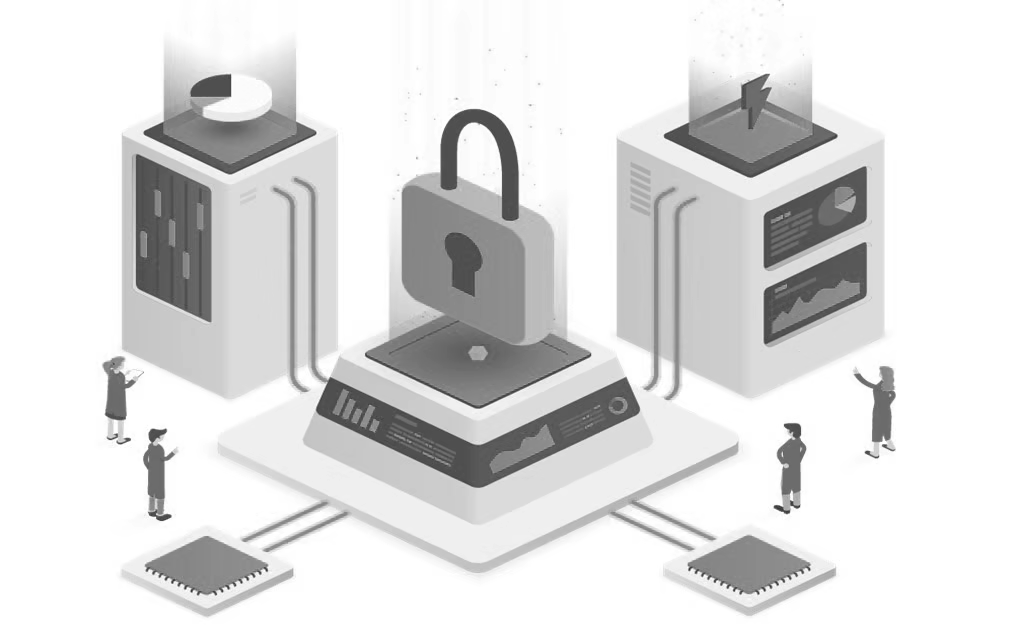
Importance of Cyber Security in Business World
• Rise of Ransomware
Firstly Ransomware is a type of malicious software intended to transfer currency by blocking access to records or the computer system or resources until the payment is done. Once the payment is done, it is not guaranteed whether the records are recovered. To get rid of ransomware a good antivirus utility can run frequently and keep the browser-related components updated. Always keep your backup updated so if anything happens you can re-install everything freshly. And also all software be regularly updated to patch any loophole that might give way to ransomware getting into the system.
Ransomware attacks are rising because an increasing number of businesses are adopting the cloud to store their sensitive data. Many consider the cloud to be much safer than physical storage devices. The truth is cloud has made it more vulnerable. But cloud service providers are making it their mission to deploy their cybersecurity force to prevent any such attack in businesses, as it can tarnish their reputation and lose multiple business clients over trust and reliability issues which will seriously hurt their business.
• Phishing
Phishing is an exercise of transferring fake emails or websites that look like normal emails from trustworthy sources. The purpose is to get information about all sensitive data like login details, passwords debit/credit card numbers, etc. which are very well-known cyber-attack practices. With the rise in many modern-day technologies, there are many new methods of gaining credentials through social media. Hackers run scams in various ways. There can be different types of phishing like spear phishing, whaling, pharming, etc. Spear phishing is when the attacker targets an individual instead of targeting a group of people. Attackers search for their social media sites to get information about the person. That way they can show how authentic they are. For example, when you do online shopping, they will send an email with a link asking for feedback which will look so authentic. Once you click the link, the set of questions will be there to answer which is fraudulent. This can be avoided by filtering nasty emails and not opening them.
• Malware
Malware is also malicious software that is intended to have illegal access to harm a system and perform malicious behaviour. Generally, malware One approach for protecting in contradiction of malware is to stop the malware software from obtaining access to the target computer. Malware can be installed in a system through phishing links, pop-up windows, and others so one should be aware of the measures through which we can secure or at least save our system from becoming a victim of the malware. Also, Antivirus software, firewalls, and other approaches can be used to help to protect a malware function, in addition, inspect for the availability of malware and malicious activity and recover from attacks.
• Data Breach or Data Leak
A data leak is an incident where information is stolen or taken from a system without the knowledge or authorization of the system’s owner and is used with malicious motives. A small company or large organization may suffer a data leak. Stolen data may involve sensitive, proprietary, or confidential information such as credit card numbers, customer data, trade secrets, or matters of national security. The effects brought on by a data leak can come in the form of damage to the target company’s reputation due to a perceived ‘betrayal of trust.’ Victims and their customers may also suffer financial losses should related records be part of the information stolen.
So, Data Leak protection is a major area of concern to ensure the privacy and security of their customers. Companies or businesses store all of their data ranging from customer data, business data, and other sensitive information, which could be at potential risk of theft if hackers gain access to any of the important employee credentials. One of the many recommended ways to protect data from leaking is to use burner emails. These burner emails are nothing but dummy emails of organizations that they use to sign in to websites that they don’t prefer to give their entire credentials. You can also use many security tools, which will help you ensure the maximum security of your data.
• DoS and DDos
A denial of service (DoS) attack refers to an attempt to make computer, server, or network resources unavailable to its authorized users usually by overwhelming the resources of a target system and causing it to stop functioning, denying access to its users. A Distributed Denial of Service (DDoS) attack refers to a DoS attack that propagates from more than one infected system with malicious software at the same time. These infected systems are collectively called “botnets” that control the target system remotely. DDoS and Dos attacks are rising and have crossed 400 Gbps traffic volumes. The attack duration ranges from a few minutes to hours which damages a certain target. These attacks use DNS or NTP servers and also allow small botnets to conduct bulk attacks. Since DoS results in the unavailability of resources or services. It’s more important to have a proper DDoS protection solution for preventing those attacks which hamper the target site on a large scale.
How Can We Keep You Secure?
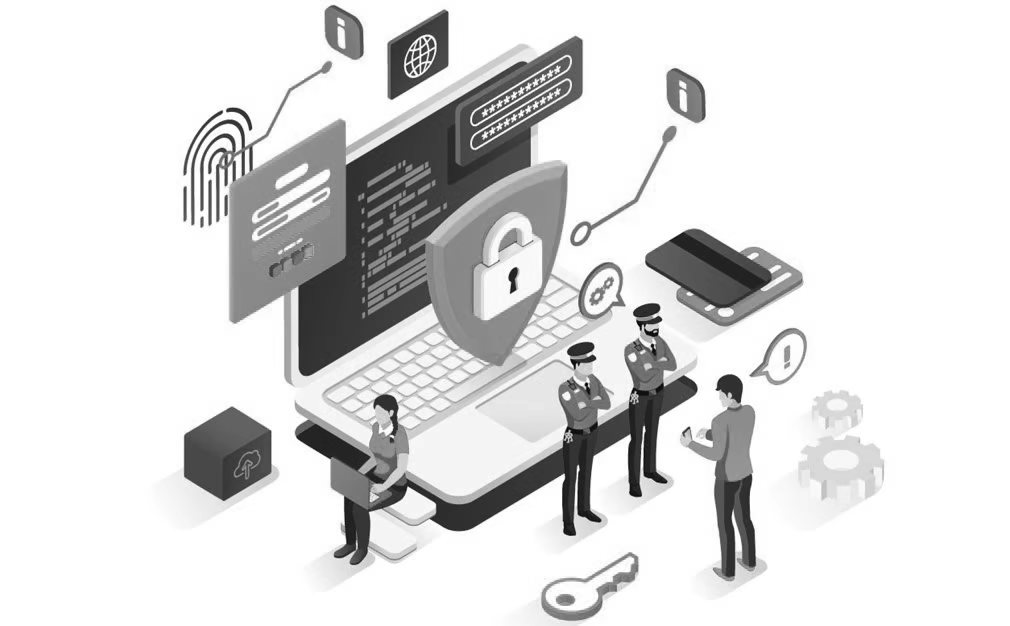
Vulnerability Assessment and Penetration Testing (VAPT)
Vulnerability Assessment is the process of pinpointing, computing, and ranking the vulnerabilities in the system. In this process, operating systems & application software and networks are scanned in order to identify the occurrence of well-known and unknown vulnerabilities. These vulnerabilities occur due to inappropriate software design, insecure authentication. A system may have access control vulnerability, Boundary condition vulnerability, Input validation vulnerability, Exception Handling Vulnerabilities, etc.
Penetration Testing is the next step after vulnerability assessment. Pen iteration testing is more of an art than a science. It is the process of trying to gain unauthorized access to authorized resources. Penetration testing is also known as ethical hacking as “breaking into your own system to see how hard it is to do. It is the main branch of a network security evaluation, which aims at providing analysis to discover the vulnerabilities and security threats in systems and networks.
Vulnerability assessment provides us with threats that may expose your application to attack. They identify theoretical vulnerabilities. But how do you know if these threats are actually exploitable? In the real world, can an attacker gain access to your application through these vulnerabilities? This is where penetration testing comes into the picture. In penetration testing, we try to exploit the given vulnerability to make sure if this is really exploitable or not.
Hence VAPT includes automated vulnerability assessments, multiple distinct services, single, combined offering, or human-led penetration testing.
• Best Practice Assessment
Security best practices is a documented checklist to ensure your application and its components are compliant or not with general security rules like public exposure test, network reachability test etc.
• SAST (Automatic)
Static Application Security Testing (SAST) is a way to perform automated testing and analysis of a program’s source code without executing it to catch security vulnerabilities early or to say in the implementation phase of the Software Development Life Cycle (SDLC). Also referred to as static code analysis, SAST is the process of parsing through the code looking at how it was written and checking for security vulnerabilities and safety concerns.
Since static application security testing tools don’t need a running application to perform an analysis Static application security testing (SAST), or static analysis, is a testing methodology that analyses source code to find security vulnerabilities that make your organization’s applications susceptible to attack. SAST scans an application before the code is compiled. It’s also known as white box testing.
• Requirements:
• Access to internal source code of application.
• DAST (Automatic & Manual) (WebApp & API)
• Dynamic Application Security Testing (DAST) is a procedure that actively investigates
running applications with penetration tests to detect possible security vulnerabilities.
Web applications power many mission-critical business processes today, from public-facing e-commerce stores to internal financial systems. While these web applications can enable dynamic business growth, they also often harbor potential weaknesses that, if left unidentified and unremedied, could quickly lead to a damaging and costly data breach.To address this growing threat, businesses are increasingly deploying dynamic application security testing (DAST) tools as part of a more security-forward approach to web application development.
Since DAST works at running applications it does not provide access to the source code and it also immediately finds vulnerabilities that could be exploited.
DAST is known as a black box test because it is not performed on source code or application architecture, it uses the same techniques that an attacker would use to find potential weaknesses. DAST is an essential part in application security. A mix of SAST and DAST provide broad security for an application.
• Requirements:
• Permission to test application on dev/stage environment and other dependencies related to application like VPN, authorization, login details etc.
• WAF (Configuration & Implement)
A WAF or web application firewall helps protect web applications by filtering and monitoring HTTP traffic between a web application and the Internet. It typically protects web applications from attacks such as cross-site forgery, cross-site scripting(XSS), file inclusion, and SQL Injection, among others. A WAF is a protocol layer7 (Application Layer) defence (in the OSI model), and is not designed to defend against all types of attacks. This method of attack mitigation is usually part of a suite of tools which together create a holistic defence against a range of attack vectors.
By deploying a WAF in front of a web application, a shield is placed between the web application and the Internet. While a proxy server protects a client machine’s identity by using an intermediary, a WAF is a type of reverse-proxy, protecting the server from exposure by having clients pass through the WAF before reaching the server.
A WAF operates through a set of rules often called policies which check every request to a web application. These policies aim to protect against vulnerabilities in the application by filtering out malicious traffic.Policies can be set to action like allow or deny or sometimes count. The value of a WAF comes in part from the speed and ease with which policy modification can be implemented, allowing for faster response to varying attack vectors; during a DDoS attack, rate limiting can be quickly implemented by modifying WAF policies.
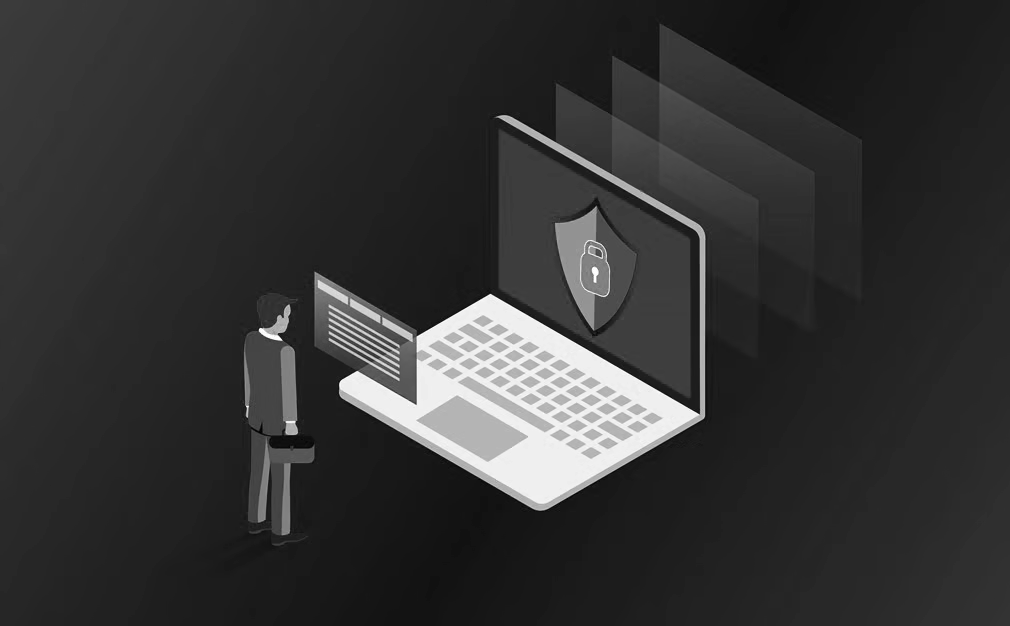
Services We Offer
• Security Audit and Pentest
• Single domain
• 2 Weeks
In this we provide a report to client which includes following test cases:
1. Subdomain Scanning
2. Way back Crawling
3. OWASPtop 10 Test
4. Common Vulnerabilities Testing (CVEs)
5. Automatic DAST (BurpSuite Pro)
• Deep Audit
• 4-6 weeks
In this all test/check Security Audit and Pentest are included, additionally we perform-
1. Business logic flaw testing (Manual)
2. Automatic SAST (code test using tools)





